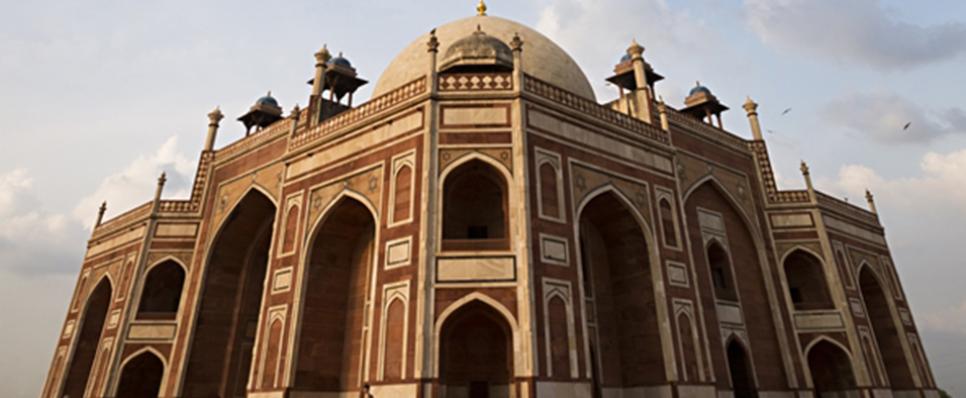Published: 27 Sep 2017
The golden era of Mughals

Often when we think of bygone eras, the grandeur and royalty of it comes to our mind. The palaces in which our ancestors lived are testament to the type of lifestyle the kings and queens of those times led. One such era that is fascinating to read about is the Mughal era.
Mughals loved to adorn themselves with jewellery. From head to toe, the kings, queens and the rest of the royal family were covered in gold and precious jewellery forms. However, what kind of gold jewellery did all their royal treasure include? The Mughals were inspired by the rulers before them and so their jewellery was an amalgamation of the Islamic and Hindu artistic styles.
Well, first let’s have a look at their artworks that crafted the precious ornaments:
The designs and methods:
- Floral and animal designs
The designs mostly included geometrical shapes, animal and floral pattern, the depiction of human figures was prohibited in Islam.
- Kundan method
The perfection of the Kundan technique was achieved by the goldsmiths in this regal period. In this method, the gold used for making the jewellery pieces was welded at room temperature.
- Inlaying of stones
Another practice the Mughals established was the engraving of stones with gold.
With these methods, various intricate ornaments were crafted, which are adored even today:
- Earrings, ear studs and earring-strings
One typical example of Mughal earrings feature a small stem at the top of a crescent. From this crescent, a fish and a bunch of pearls were suspended which became a regular feature in the Mughal jewellery.
- Shoes
The shoes of the royal family were embroidered with gold thread. These shoes were referred to as ‘Mojdi’.
- Nose rings
It was the Mughal women who started the trend of nose rings, a fashion which continues even in modern India. These golden rings varied in size and colour from miniscule pins to big circular loops. These rings were then often fastened to the hair through long strings and tiny hooks.
- Rings and hand ornaments
The emperors of the Mughal dynasty wore large and opulent rings which were made from pure gold or enameled gold, and had circular or square center pieces. Some of these huge rings covered two to three fingers. Some of the rings women wore even had tiny mirrors for gazing at their reflections. Other hand ornaments worn by women included pieces that covered their entire hands, strings which stretched from rings to bangles, and were known as “haathphool” (hand-flowers).
- Necklaces and chains
Neck ornaments were worn by men and women. These ranged from heavy necklaces to light-weight chains which could be either long or short in length. Whatever the size, these gave the wearer an elegant and majestic look.
- Bangles and bracelets
The stone setting in Mughal gold bangles gave them a unique and eye-catching shape. These bracelets were with clasps on each end. These wrist ornaments were made with enameled gold and further beautified with intricate floral designs.
Gold was used in other types of decoration and adornment, beyond this. These included:
- Crowns
- Waist belts and hip chains
- Turban ornaments and other head jewellery
- Armlets
These regal ornaments are a window into the tastes and traditions of India’s regal history, and the central role that gold played there.











